Symbian Ltd. was a software development and licensing consortium company, known for the Symbian operating system (OS), for smartphones and some related devices. Its headquarters were in Southwark, London, England, with other offices opened in Cambridge, Sweden, Silicon Valley, Japan, India, China, South Korea, and Australia.

The S60 Platform was a software platform for smartphones that runs on top of the Symbian operating system. It was created by Nokia based on the 'Pearl' user interface from Symbian Ltd. It was introduced at COMDEX in November 2001 and first shipped with the Nokia 7650 smartphone. The platform has since seen 5 updated editions. Series 60 was renamed to S60 in November 2005.
Sony Mobile Communications Inc. was a multinational telecommunications company founded on October 1, 2001, as a joint venture between Sony Corporation and Ericsson. It was originally incorporated as Sony Ericsson Mobile Communications, and headquartered in London, England, until Sony acquired Ericsson's share in the venture on February 16, 2012. On April 1, 2021, Sony integrated its electronics businesses including Sony Mobile into one company called Sony Corporation.

UIQ was a software platform based upon Symbian OS, created by UIQ Technology AB. It is a graphical user interface layer that provides additional components to the core operating system, to enable the development of feature-rich mobile phones that are open to expanded capabilities through third-party applications.

The Sony Ericsson P900 is a Symbian OS v7.0 based smartphone from Sony Ericsson.
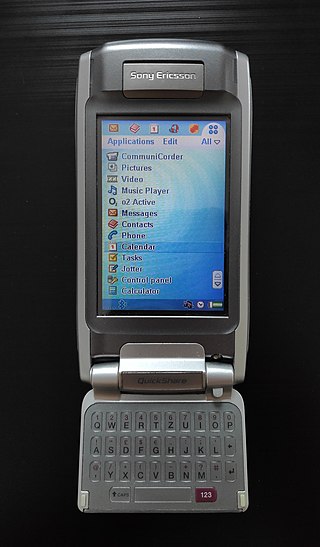
The Sony Ericsson P910 is a smartphone by Sony Ericsson introduced in 2004 and the successor of the Sony Ericsson P900. The P910 has a full QWERTY keyboard on the back of the flip. The biggest change from the P900 to the P910 is that the P910 supports Memory Stick PRO Duo and the phone's internal memory has been upped from 16 MB to 64 MB. Although Memory Stick PRO Duo comes in larger capacities, the maximum supported by the P910i is 2 GB. It is powered by an ARM9 processor clocked at 156 MHz and runs the Symbian OS with the UIQ graphical user interface. Also, the touchscreen displays 262,144 colours, as opposed to the P900's 65,536 (16-bit). It comes in three versions:
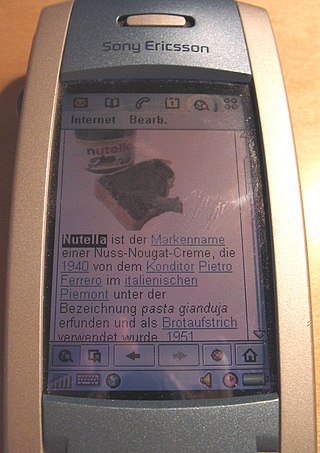
The Sony Ericsson P800 is a smartphone introduced in 2002 based upon UIQ version 2.0 from Sony Ericsson. The P800 is considered the successor of the Ericsson R380, and initial design work was done within Ericsson, but it was produced after Sony & Ericsson merged their mobile phone businesses.
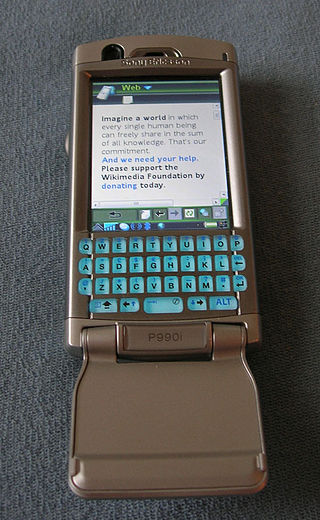
Sony Ericsson P990 is a smartphone and the successor of Sony Ericsson P910. The phone uses the UIQ 3 software platform, which is based upon Symbian OS 9.1. It was introduced on 11 October 2005, but had a long delayed market release only in August 2006.

Sony Ericsson M600 is a 3G smartphone based upon the UIQ 3 platform. It was announced on February 6, 2006 and is the first and only product of the M series of handsets from Sony Ericsson.
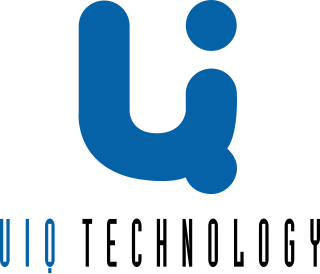
UIQ Technology AB was a Swedish company that developed and licensed the UIQ software based on Symbian OS which was used in smartphone offerings from Sony Ericsson, Motorola, BenQ and Arima. They were based in the Soft Center Science & Research Park in Ronneby, Sweden, and at the time of its closure in 2009 was jointly owned by Motorola and Sony Ericsson.

Sony Ericsson W600 is Sony Ericsson's second phone with a swivel design. It is the first swivel phone to have the Walkman features. It offers 256 MB of internal memory, MP3/AAC(.M4A)/MIDI playback, FM radio, full internet browsing capabilities, 1.3-megapixel camera (photos/videos), and three separate speakers. It has a utility flash light. The W600 is a Tri band phone with EDGE. The W600 also feature Sony Ericsson's Java platform 6 (JP-6). It has two dedicated gaming buttons, designed to play like Game Boy, with built-in games like Worms 3D and Gauntlet, which can be played on multiplayer using Bluetooth. Using Bluetooth users can control their desktops.

The Sony Ericsson W610i phone is based on the Sony Ericsson K550 and Sony Ericsson K610i. It is a quad-band GSM phone, but it does not offer 3G. The W610i has colour options similar to the Sony Ericsson W880i. This phone uses the TrackID and version 2.0 of the Walkman player.
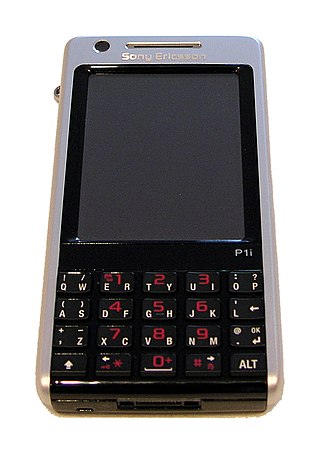
The Sony Ericsson P1 is a smartphone and the successor of the P990. It was the last of the Sony Ericsson "P" Smartphone series, introduced in 2002 with the Sony Ericsson P800 and it integrates many of the hardware features of its predecessor the P990 in the form factor of the M600. It was announced on 8 May 2007. There is a Chinese version of P1 called P1c. Compare with P1/ P1i, P1c lacks of 3G, thereby using EDGE which is much slower but more available especially in the US and parts of Europe.

The Sony Ericsson K550 is a mid range mobile phone. Announced on February 6, 2007, it was the successor of the K510 model sensor with two-LED photolight and an active lens cover for the camera lens protection and easy camera activation when taking pictures from the phone. The phone has a variant in the form of K550im which was the first i-mode enabled phone bearing the Cyber-shot logo trying to build into the success of the Sony Ericsson K610im model. The phone was one of the first Sony Ericsson models in which the user can find the Fast-Port system connector at the left side instead on the typical bottom part.

The Sony Ericsson W960i is a 3G phone that Sony Ericsson announced in June 2007, as an upgrade to the W950.

The Samsung GT-i8510 is a Symbian OS smartphone produced by Samsung Electronics, announced on 30 July 2008 and released in late 2008. The Innov8's functions include those of a camera phone and portable media player, including an 8-megapixel camera with Dual LED and Schneider-Kreuznach optics.

The Sony Ericsson Satio (U1) is a smartphone, announced by Sony Ericsson at the Mobile World Congress in Barcelona, Spain on 15 February 2009 as the Idou. It was released on 7 October 2009 in the UK in 3 colour schemes: Black, Silver and Bordeaux (Red).
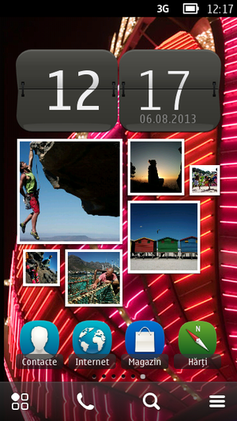
Symbian is a discontinued mobile operating system (OS) and computing platform designed for smartphones. It was originally developed as a proprietary software OS for personal digital assistants in 1998 by the Symbian Ltd. consortium. Symbian OS is a descendant of Psion's EPOC, and was released exclusively on ARM processors, although an unreleased x86 port existed. Symbian was used by many major mobile phone brands, like Samsung, Motorola, Sony Ericsson, and above all by Nokia. It was also prevalent in Japan by brands including Fujitsu, Sharp and Mitsubishi. As a pioneer that established the smartphone industry, it was the most popular smartphone OS on a worldwide average until the end of 2010, at a time when smartphones were in limited use, when it was overtaken by iOS and Android. It was notably less popular in North America.

The Sony Ericsson Vivaz (U5i) is a smartphone, announced by Sony Ericsson on 21 January 2010. It was released on 5 March 2010 in the color schemes Moon Silver, Cosmic Black, Galaxy Blue and Venus Ruby.

















